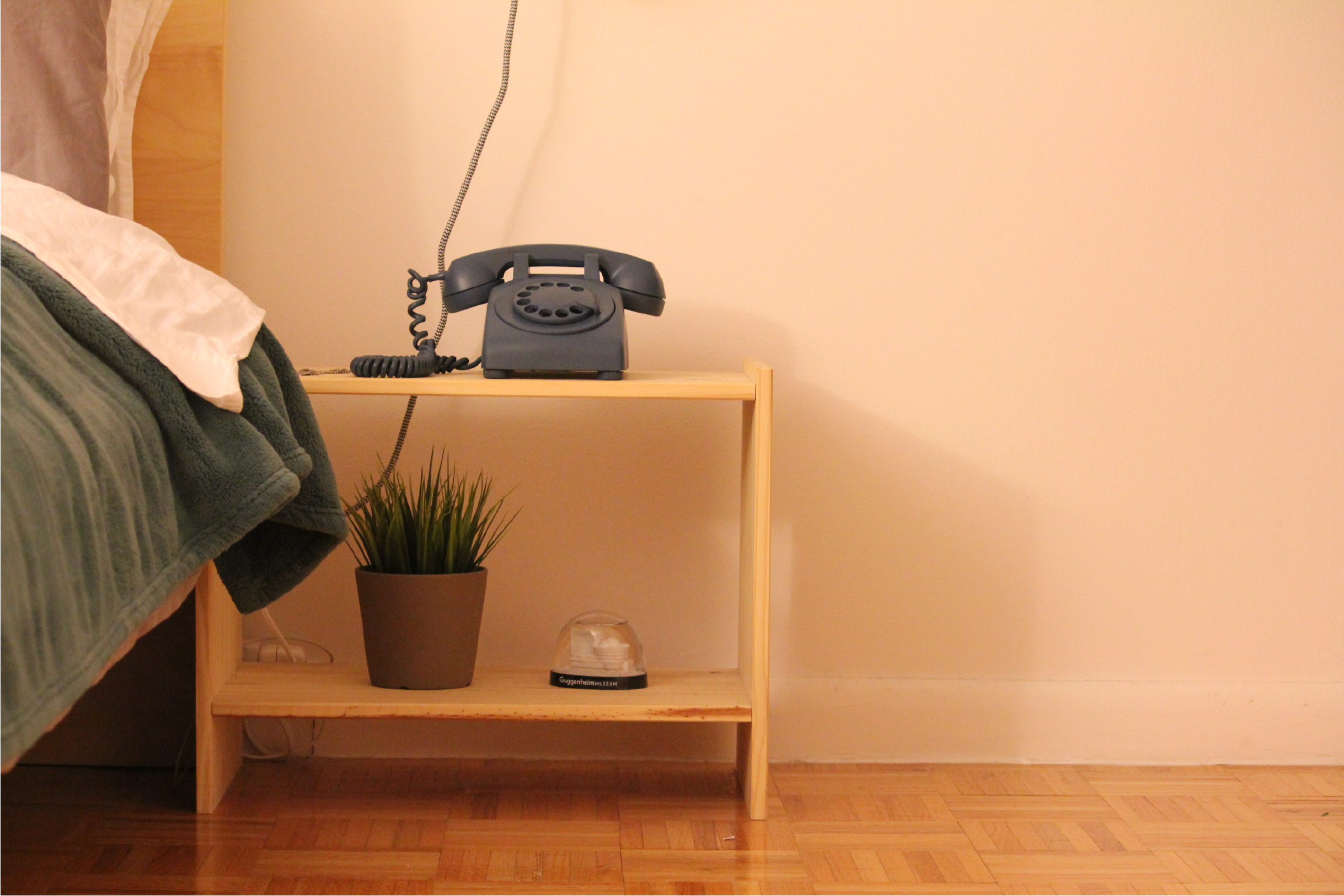How might we enhance relationships between Alzheimer’s patients and their caregivers during confronting situations?
A service design project designated for Alzheimer's patients, developed for the End of Life studio at Parsons School of Design.
Alzheimer’s disease is an irreversible, progressive brain disorder that slowly affects memory, thinking skills and, eventually, the ability to carry out the simplest tasks. The memories that they tend to recollect are mostly from earlier in their life. Which makes it common for them to ask for a deceased spouse, parent or other loved ones who have passed away. They ask for them and ask for them again.
In this project, we worked together with different stakeholders such as Alzheimer's Association,Memorial Sloan Kettering, and especially, Geri and Jim Taylor - a couple who shares her fight to livewith the disease around the world. Those voices helped us to create a provoking design for Alzheimer’s patients and their loved ones.
ROLE
Design-led Research, Facilitation, Strategy, Illustration
TEAM
Alik Mikaelian, Javiera Arenas
RESEARCH
During the progress of the disease, patients advance into having more non lucid moments than lucid ones. Even though clinically the illness will always advance linearly, as some research shows, patients have good and bad days in an irregular manner independently of the stage they are or what the stage demands and that caregivers currently face acceptance very late in the process.
IDEATION
After many interviews and focus groups with specialists and caregivers, we focused on developing a familiar object which would bring comfort to Alzheimer’s patients and allow them to be themselves.
DESIGN PRINCIPLES
Intentional attention
Everyday we fight stimulus and are constantly faced with a lot of information. Imagine the daily struggle patients with Alzheimer's go through having to keep up with all the social norms of being part of society. Designing spaces that allow escape and distraction from everyday pressures becomes essential.
Connecting the disconnected
Having fluid conversations are difficult when you don’t know what to say. In occasions that are too confrontational, sometimes families members end up not making time to call because they feel they are on a distant relation.
Accessing the portal to non judgemental spaces
There are many stories where patients embrace new ways of being because this illness forces change. As designers we want to design for the new normal of their lives. The phone invites multiple truths, where patients can have more autonomy and access this portal where they express their feelings, thoughts and reflections to whoever they wish, in a non judgmental way and regardless what is real or not.
OUTCOMES & SCALE
The project goal was to expand the notion of what is real and non-real, shift mindsets and support family connections. The design doesn’t distinguish among this reality spectrum, it makes it acceptable to be on either side.
The design intervention invites for family mindset shifts and embrace the new normal and we aim for this to happen earlier in the timeline of the disease, so that it brings more quality time and better connections to happen beforehand.
In a scale, the project was about not only embracing the conversation around Alzheimer’s disease but also uncovering the taboos about mental health.






